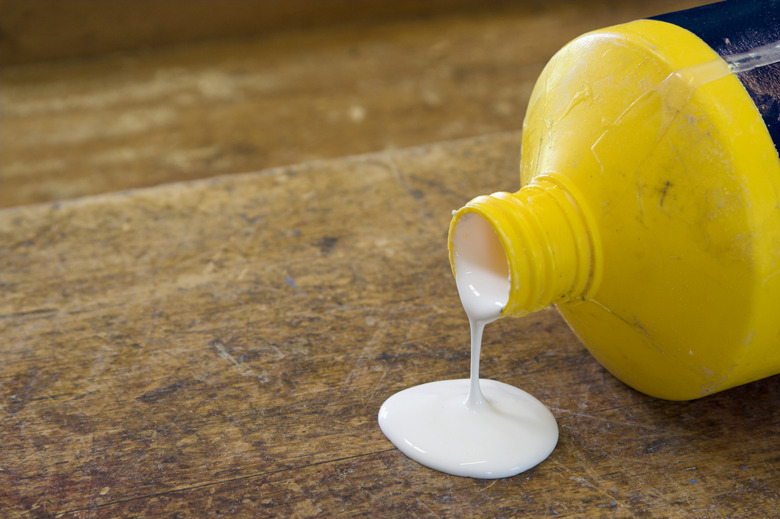Goo Gone Toxicity
We may receive a commission on purchases made from links.
It does exactly what its name suggests. Goo Gone is great at removing sticky, gooey residue from all kinds of hard surfaces. From removing sticker adhesive on plastic to getting sticky tar off a car, Goo Gone's products are designed to work in a ton of different scenarios.
It's always smart to be concerned about the safety of your cleaning products, but Goo Gone is probably one of the least dangerous products in your cleaning cabinet. It generally won't hurt anyone unless it's swallowed.
Toxicity of Goo Gone
Toxicity of Goo Gone
Goo Gone is available in different formulations, so the potential effects of the products in your home depends on what kind you have. Goo Gone clean-up wipes include different ingredients than Goo Gone spray does, for example, so a pet who eats a Goo Gone wipe may not have the same reaction it would have if it swallowed the product in its liquid form.
Generally speaking, however, Goo Gone doesn't pose acute health risks for the average adult user. It's primarily made from petroleum distillates, which are used to make many common solvents. Breathing in vapors can cause respiratory problems, and using Goo Gone sometimes causes some irritation to the eyes and skin, but it's pretty safe to handle unless someone ingests it. Swallowing Goo Gone can cause stomach distress and lung damage and can even be fatal if it enters the airways.
In addition to being toxic if ingested, liquid Goo Gone presents another potential safety hazard. It's combustible, which means the vapors on the liquid's surface will ignite if exposed to heat above a certain flash point. Goo Gone's flash point is 185 degrees Fahrenheit, so it's not a fire hazard when it's kept at room temperature or even in a warm garage. Just store it away from anything that sparks or any kind of ignition source.
Using Goo Gone Safely
Using Goo Gone Safely
Because Goo Gone is no more toxic than other solvents around your home, there's no need to take special safety measures when using it. The standard safety rules apply: Keep the products out of the reach of kids and pets by placing them in high or locked cabinets between uses. Open windows or turn on exhaust fans wherever you're working with liquid Goo Gone to create ventilation and minimize your exposure to solvent vapors. Wear safety gloves and use a towel or cloth to work the products into whatever surface you're cleaning. Never use your bare hands unless you're using Goo Gone bandage remover, which is made to be used on skin.
If you've never used Goo Gone before, you might not realize that this powerful adhesive remover tends to leave a light residue behind. To remove greasy residue, use laundry detergent or an all-purpose cleaner and a clean cloth.
Like other solvents, Goo Gone has a strong odor that may linger after you use it. If you're working with Goo Gone indoors, minimize the smell by keeping the room well-ventilated after you're finished. Vinegar and baking soda may also neutralize any odors.
Alternatives to Goo Gone
Alternatives to Goo Gone
Even though Goo Gone can be used safely, you may prefer to try some natural nontoxic alternatives first and only reach for Goo Gone if nothing else gets the job done. Vinegar, rubbing alcohol, and baking soda paste can all be effective at removing adhesive residue. Let the liquid or paste fully saturate the sticky residue for several minutes before trying to rub or scrape it away.
